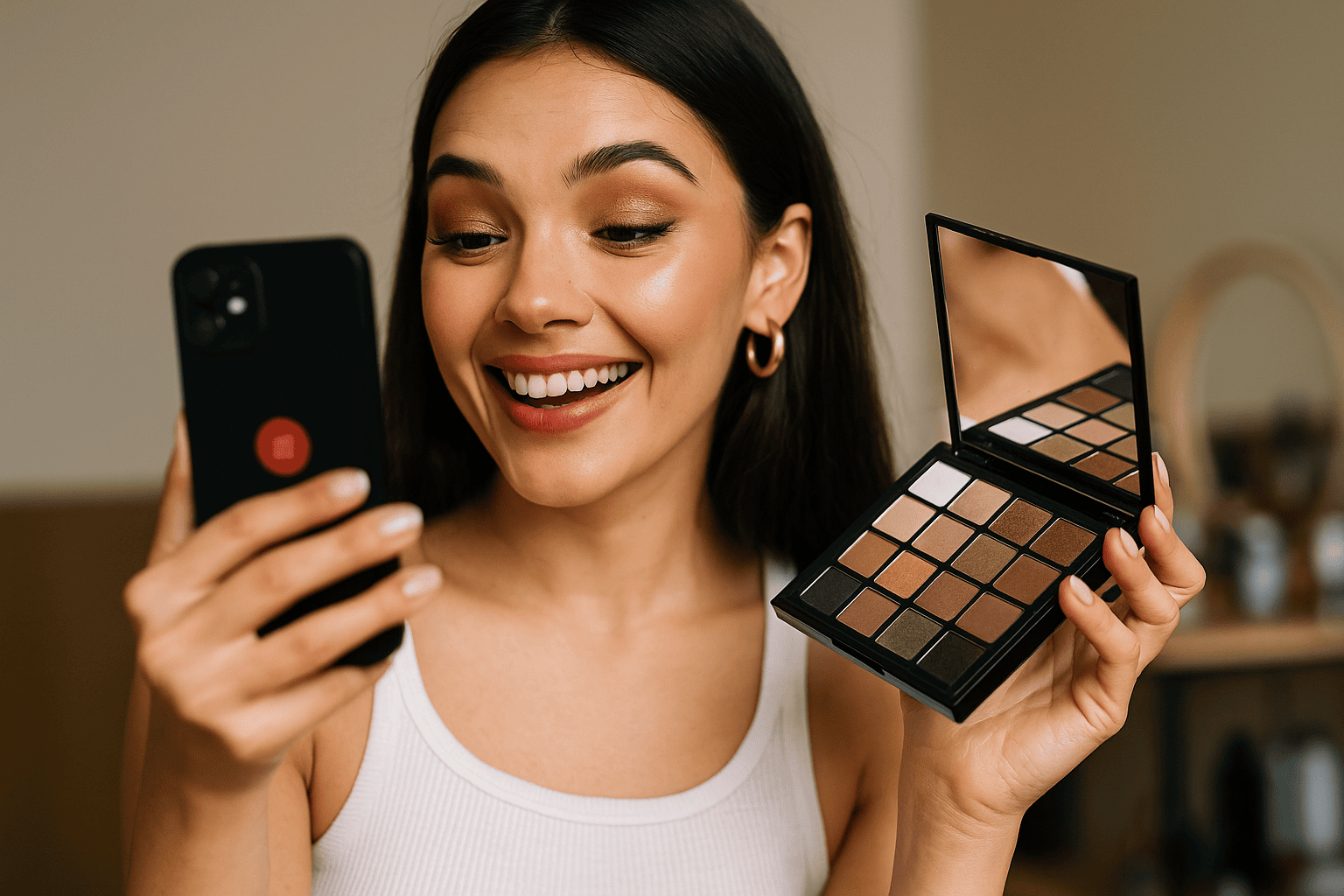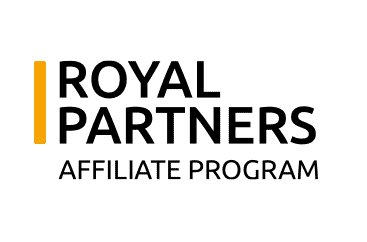TikTok’s Rise as the New Power Player in UK Beauty Retail

TikTok has changed a lot in the past five years from viral dance app to the most powerful product discovery engine in beauty retail. And in the UK, nowhere is that shift more visible than in the cosmetics industry.
What used to be driven by beauty counters, glossy magazine spreads, and YouTube hauls has now moved into the vertical scroll. A single 15-second clip can drive products to sell out nationwide. Brands that used to spend millions on campaigns are now seeing better ROI by simply landing on the right creator’s feed.
In 2025, TikTok isn’t just influencing the cosmetics market. It is the cosmetics market.
The shift in discovery
Ask any Gen Z shopper where they found their latest favourite moisturiser, mascara or lip tint and odds are, TikTok will come up first. That’s not a coincidence.
In today’s beauty space, TikTok is driving:
- First impressions: Creators open, swatch and test new products in real time
- Peer reviews: Comment sections serve as immediate, unfiltered feedback loops
- Tutorials: Step-by-step videos show how products behave on different skin types
- Trust: Raw, unscripted reactions often outperform polished ad campaigns
It’s fast, visual, and built for impulse. A trend can go from niche to nationwide within hours. By the time a brand has caught up with demand, it’s already yesterday’s look.
Brands built on TikTok
While legacy brands like Maybelline, Rimmel and Garnier have learned to adapt to TikTok culture, a new generation of beauty startups are being built for the platform and in some cases, on it.
These brands understand the format. They don’t just pay creators to talk about their product they send PR boxes with built-in TikTok prompts. They remix trending audio with their own calls-to-action. They tweak packaging to maximise ASMR unboxing potential.
In the UK market, TikTok-first brands are thriving thanks to:
- Short supply chains and limited drops (which create urgency)
- Skincare products under £25 (making impulse purchases easier)
- Packaging that looks good on camera (glossy, pastel, tactile)
- Creator partnerships that feel like recommendations, not endorsements
And it’s working. TikTok isn’t just the front end it’s driving back-end retail strategy too. Stocking decisions at major retailers like Boots and Superdrug are now partly informed by TikTok performance.
Retailers are taking note
This influence isn’t just online. High-street retailers are adapting their shelves and shopping experiences based on TikTok behaviour.
You’ll now find:
- “Trending on TikTok” displays in-store, with QR codes linking to videos
- In-store mirrors with QR scan options to view tutorials on the spot
- Limited edition ‘TikTok drop’ stands for viral products
Boots and ASOS have both experimented with “shop the look” features based on TikTok creator uploads, while Sephora has launched curated collections tied directly to trending hashtags.
Even budget supermarkets like Aldi and Lidl are getting in on the act their private-label skincare lines have gone viral multiple times, often outselling big-name brands for weeks on end.
The new affiliate engine
One of the most important and under-reported aspects of TikTok’s beauty dominance is how it’s reshaping affiliate marketing.
TikTok Shop and other in-app commerce tools mean creators can now earn directly from views and conversions. UK-based creators are building full-time careers by linking to products that cost less than a night out.
And while most of the attention goes to the viral videos, there’s a growing wave of affiliate-focused creators who are:
- Building evergreen content (e.g. “Best SPFs for oily skin under £15”)
- Using analytics dashboards to A/B test products
- Creating multiple review formats (one quick, one deep-dive)
- Re-using content across Pinterest, YouTube Shorts, and Instagram Reels
For brands and beauty retailers, the upside is clear: affiliate partnerships that deliver both awareness and conversion all within one platform.
The risk? It moves too fast
Of course, there’s a downside to this kind of real-time influence.
- Products can go viral before they’re ready
- Stockouts frustrate customers and damage trust
- Hype cycles collapse quickly what’s hot this week is gone the next
- Negative reviews can travel just as fast (if not faster)
In 2025, the challenge for UK cosmetic brands is not just to get on TikTok it’s to build infrastructure that can keep up.
That includes:
- Faster manufacturing
- Real-time customer support
- Social listening teams that can jump on (or defuse) trends instantly
- Brand messaging that adapts across different creator voices
Final thought
The UK beauty industry has always been shaped by culture magazines, television, bloggers. In 2025, TikTok is the culture. It’s where beauty trends start, grow, peak, and die.
If you’re in cosmetics and you’re not treating TikTok as your top channel, you’re not in the game anymore you’re in the waiting room.
This isn’t just a platform shift. It’s a retail reset. And those who learn to move with the scroll will own the next chapter in beauty.






